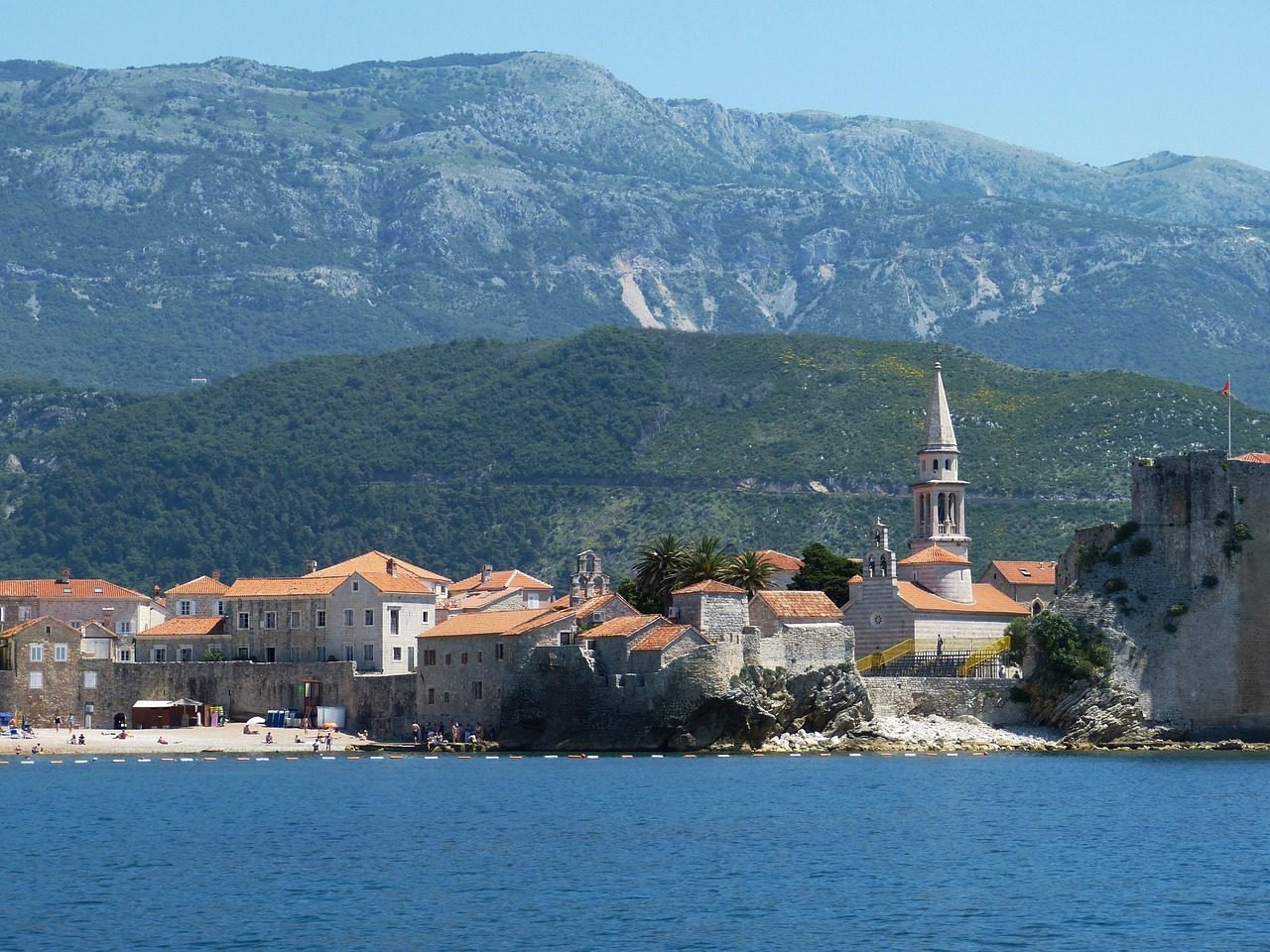Planning Your Trip to Europe: How to Choose the Best Time

Planning your trip to Europe is thrilling, but without careful preparation, it can quickly become overwhelming. From deciding when to go to managing expenses, here’s your step-by-step guide about the best time to visit Europe and how to travel Europe on a budget to organizing a seamless European adventure.
Last Updated: 2025-04-14
Cultivating the Right Mindset for European Travel
Key Cultural Differences to Anticipate
- Pace of Life: Meals are leisurely, especially dinners. Rushing is uncommon.
- Service Expectations: Waitstaff are less intrusive; you’ll need to ask for the bill.
- Personal Space: Crowded public transport is normal in cities.
- Daily Schedules: Southern Europe often observes midday closures or siestas.
- Multilingualism: Learn basic phrases (e.g., greetings) even if English is widely spoken.
Embracing Local Rhythms
From Italian aperitivos to Spanish late-night dinners, immerse yourself in cultural rituals. Adjust to slower café culture in France or punctual transit in Germany—these nuances enrich your experience.
Step-by-Step Planning Timeline for Your European Trip
12–6 Months Before: Laying the Foundation
- Research destinations and create a wish list.
- Check passport validity (6+ months beyond trip end).
- Monitor flight deals and book early bargains.
- Research visas, travel insurance, and start a savings fund.
6–3 Months Before: Solidifying Your Plans
- Finalize the itinerary and book key accommodations.
- Purchase rail passes and secure tickets for high-demand attractions.
- Begin learning local phrases and apply for visas.
3–1 Month Before: Nailing the Details
- Reserve special restaurants and finalize lodging.
- Create a daily itinerary, check phone roaming plans, and notify banks.
- Research medical requirements (e.g., vaccinations).
Final Weeks: Last-Minute Prep
- Print/photocopy documents and download travel apps.
- Pre-book remaining tours, check the weather, and pack.
- Exchange currency and arrange pet/mail care.
You also may like: Ultimate Guide to Traveling to Europe: Everything You Need to Know.
Best Time to Visit Europe
The best time to visit Europe depends on your priorities—whether you’re chasing sunny skies, festive vibes, or budget-friendly deals.
Here’s a seasonal breakdown to help you decide:
Spring (March–May)
- Weather: Mild temperatures (10–20°C / 50–68°F) perfect for sightseeing.
- Crowds: Fewer tourists compared to summer.
- Highlights: Blooming tulip fields in the Netherlands, Easter celebrations in Spain, and cherry blossoms in Paris.
- Tip: Pack layers for unpredictable rain showers.
Summer (June–August)
- Weather: Warm and sunny (20–30°C / 68–86°F), ideal for beaches and outdoor activities.
- Crowds: Peak season—book accommodations and attractions months in advance.
- Highlights: Music festivals like Tomorrowland (Belgium) and the Running of the Bulls (Spain).
- Tip: Visit Scandinavia for midnight sun experiences.
Fall (September–November)
- Weather: Crisp air (10–20°C / 50–68°F) and stunning autumn foliage.
- Crowds: Post-summer lull, great for quieter explorations.
- Highlights: Oktoberfest in Germany, wine harvests in Tuscany, and lower hotel rates.
- Tip: Coastal regions like Greece and Portugal stay warm into October.
Winter (December–February)
- Weather: Cold and snowy (0–10°C / 32–50°F), magical for holiday lovers.
- Crowds: Ski resorts and Christmas markets draw crowds, but cities like Rome and Barcelona are quieter.
- Highlights: Christmas markets in Germany, Northern Lights in Norway, and alpine skiing in Switzerland.
- Tip: Pack thermal wear and waterproof boots.
Our best advice:
“For first-time travelers unsure about timing, the best time to visit Europe for first-time travelers is spring or fall—ideal weather and fewer crowds let you explore comfortably.”
Budgeting for Your European Trip

Europe’s reputation for being expensive isn’t entirely wrong, but savvy planning can keep costs under control.
Here’s how to stretch your budget without sacrificing experiences:
Accommodation
- Hostels: Budget-friendly at $20–40/night. Try chains like Generator or Meininger for quality dorms.
- Mid-Range Hotels: Expect $80–150/night. Use Booking.com or Airbnb for deals.
- Pro Tip: Stay in smaller towns near major cities (e.g., stay in Salzburg instead of Vienna) to save money.
Food
- Street Food & Markets: Enjoy kebabs in Berlin , crepes in Paris, or pizza slices in Rome ($3).
- Restaurants: Meals cost $15–30. Opt for lunch specials or menu del día in Spain for cheaper rates.
- Pro Tip: Book accommodations with kitchens to cook simple meals.
Transportation
- Trains: A Eurail Pass ($200–500) offers unlimited travel across 33 countries.
- Budget Airlines: Ryanair and EasyJet flights start at $30–100 for short-haul trips.
- Buses: FlixBus offers cross-country rides from $10–30.
- Pro Tip: Book train tickets 2–3 months early for the cheapest fares.
Activities
- Free Attractions: Many museums (e.g., the British Museum in London) offer free entry.
- City Passes: Save 20–50% with passes like the Paris Museum Pass or Berlin WelcomeCard.
Our best advice:
“Learning how to travel Europe on a budget starts with prioritizing experiences—spend on a gondola ride in Venice but save by picnicking in parks.”
Pro Tips for Stress-Free Planning
- Book Early: Flights and hotels are cheapest 3–6 months in advance.
- Travel Off-Peak: Shoulder seasons (spring/fall) balance cost, weather, and crowds.
- Use Apps: Hopper for flight deals, Rome2Rio for transport routes, and Splitwise to track group expenses.
Final Thoughts
Whether you’re marveling at the Eiffel Tower in spring or sipping glühwein at a German Christmas market, planning your trip’s timing and budget ensures a smooth, memorable experience.
Use this guide to unlock Europe’s magic without breaking the bank—and don’t forget to check our detailed guides on Schengen Visas and Top European Destinations next!
Ready to explore? Start planning today! 🌍✈️
“Still deciding where to go? Check out our top cities to visit in Western Europe.”




